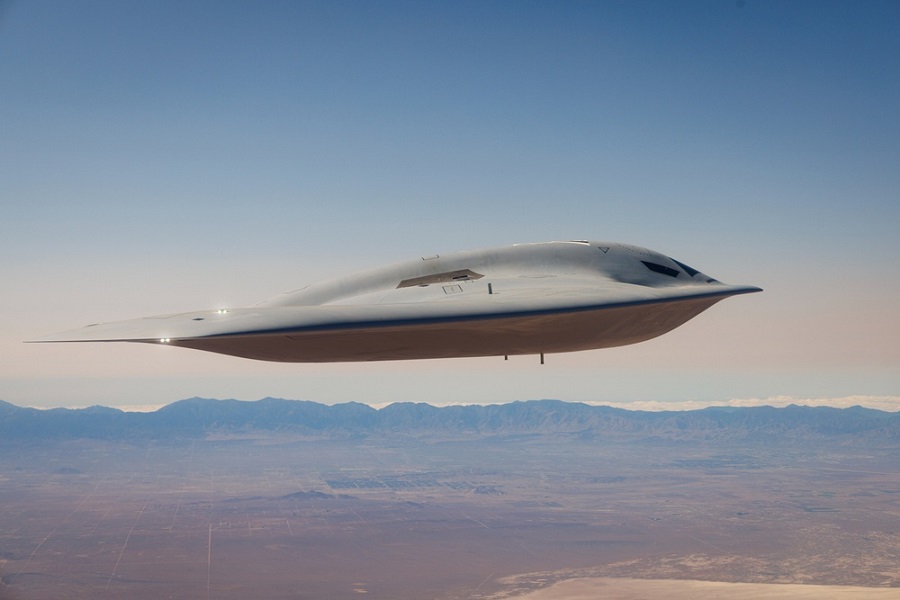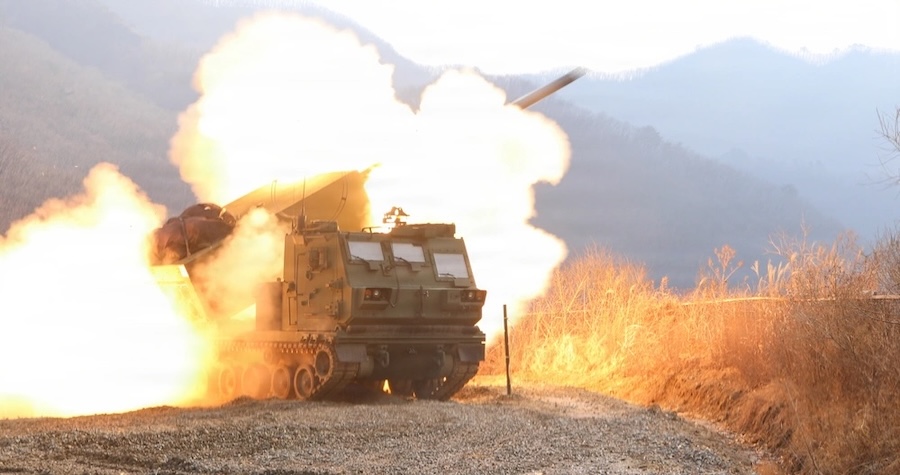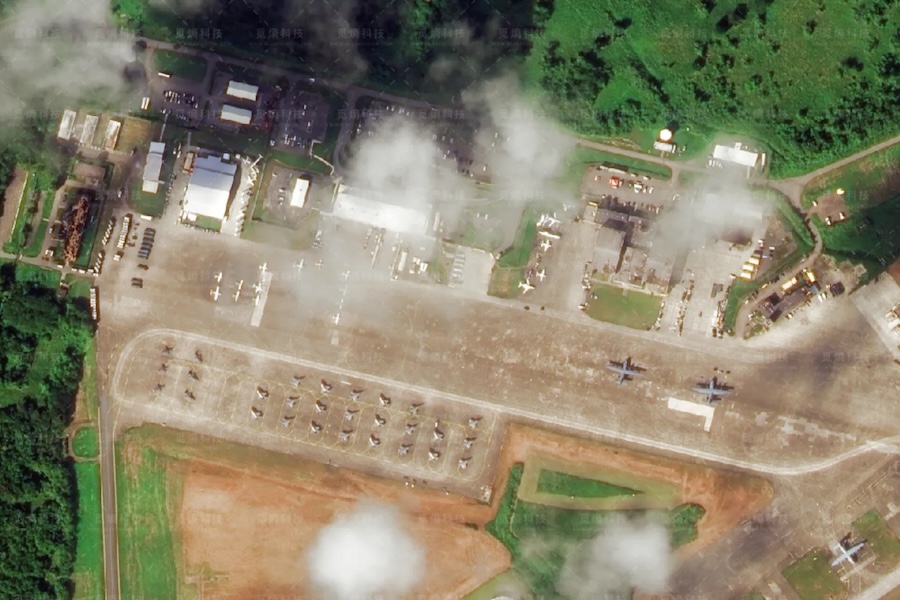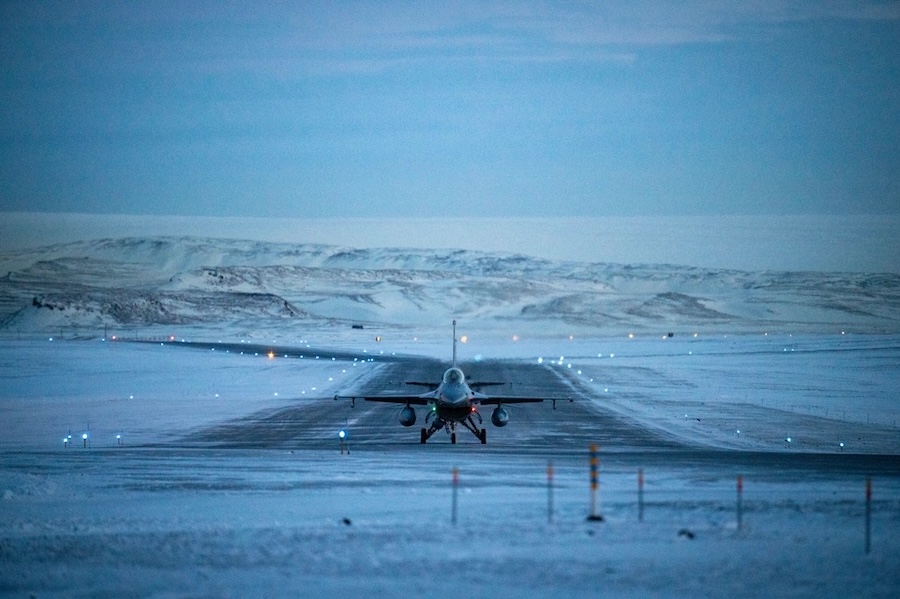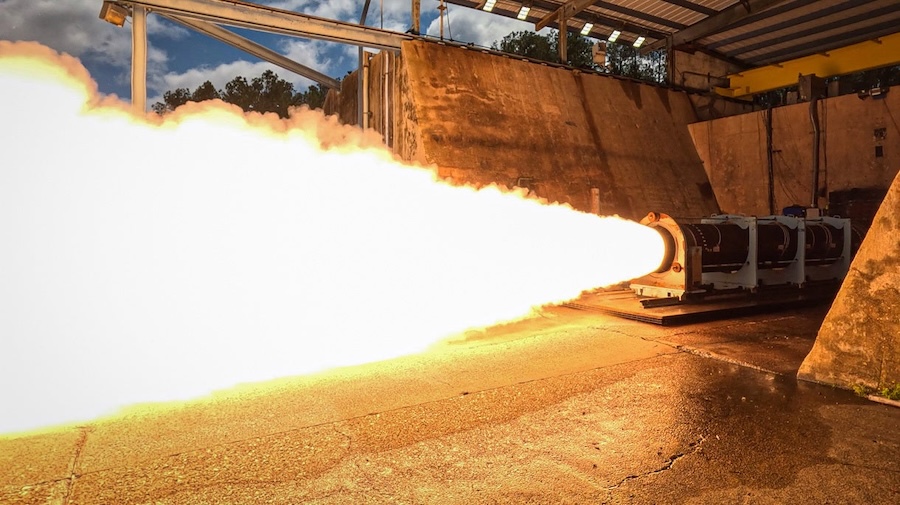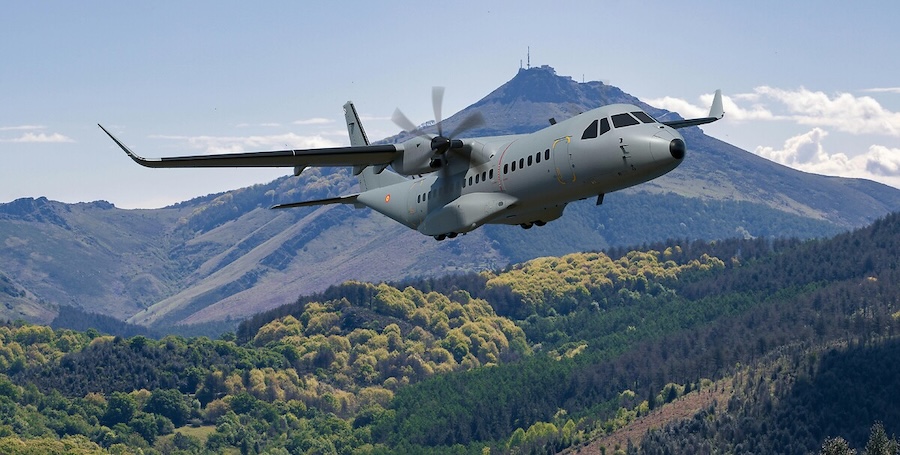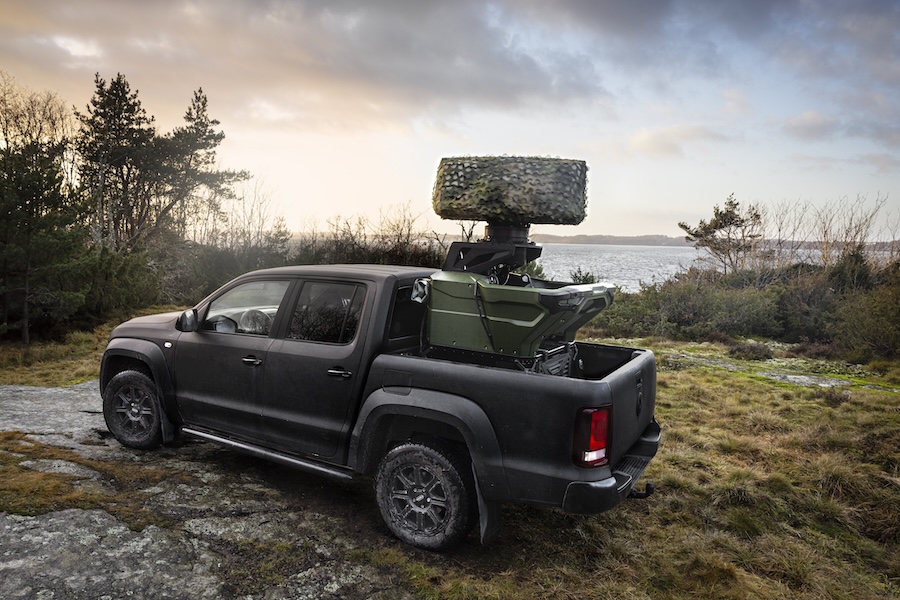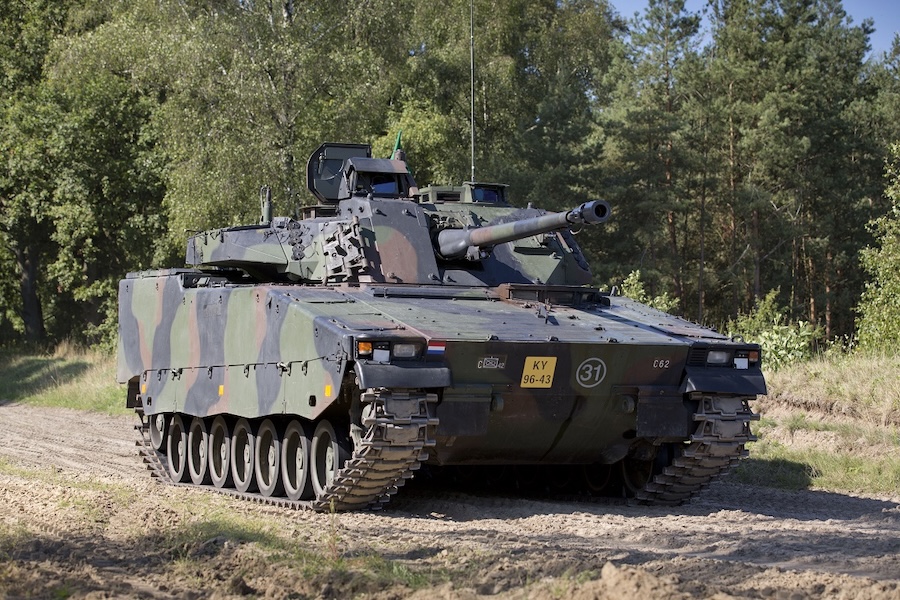Tom Jones, president of Aeronautics Systems at Northrop Grumman, said: “In terms of flight tests … we continue to see really low rates of discovery compared to the types of things that you can typically find in flight test, and we continue to see the validity of our digital models.” The two test aircraft are now flying multiple times per week, offering crews at Edwards Air Force Base valuable hands-on experience with day-to-day operations.
Jones highlighted that maintainers can now “see what it’s like to maintain multiple B-21s, and what that takes. So that’s another big step forward to getting this capability out there.” Only one software update has occurred in the first year of flight testing, and issues found so far have been “pretty minor”.
Jones also said: “The cadence we’re able to maintain speaks well to the performance of the aircraft. And that it’s going to meet that daily flyer mantra that we’ve created for it.” He noted that minimal maintenance between flights is helping keep the jets in the air.
The U.S. Air Force and Northrop Grumman are now working on plans to use $4.5 billion in additional funding to expand production capacity. This follows Northrop’s earlier decision to invest its own money in anticipation of higher demand.
CEO Kathy Warden said: “We’re in discussions with the Air Force to change the rate, increase the rate, at which we would build the aircraft.” She added: “That would create more resources being applied, first, to build the capacity to increase the ramp. And then, over time, the annual profile of revenue for that program.”
The decision on production expansion is expected by the end of the year, according to Warden. Meanwhile, pilot training is ramping up with full-motion simulators at Ellsworth Air Force Base, and stress testing continues on ground-based B-21 units.
Jones described the scale of planning underway: “It’s a broad array of initiatives, from buildings to tooling to training. Obviously, lots and lots of supply chain investments as well.” He added: “There’s been enough interest in this that we’ve been looking at it for a couple years and have some good ideas. We just need to finalize it so we’ve got a detailed plan for using that reconciliation money wisely.”
Source: Aviation Week.



